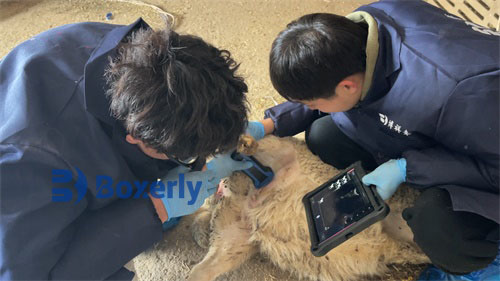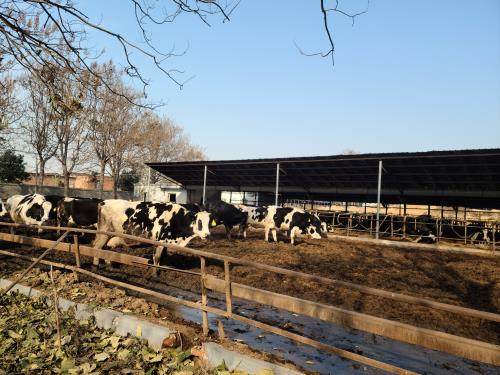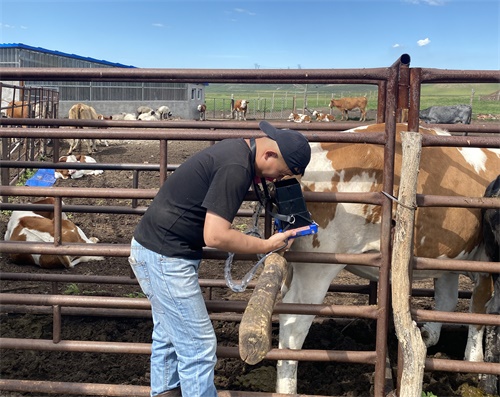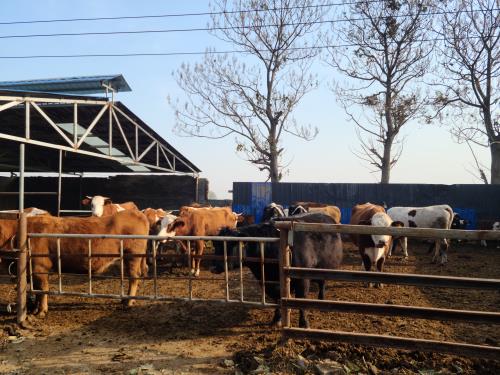Childbirth is a crucial stage in dairy farming, and the period from the pre delivery room to the post delivery room is called the delivery period. Cows give birth to calves, reproduce offspring, achieve population expansion and milk production, and create economic benefits. The delivery period is also a high-risk period for diseases, such as difficult labor, stillbirth, birth canal injury, placenta previa, postpartum paralysis, mastitis, uterine inflammation, postpartum infections, and sepsis, which are important diseases that plague the health of cows during delivery. How to manage the delivery room effectively is particularly important.
Delivery management of cows using B-ultrasound
1. The delivery cow enters the delivery room 15 days before delivery and gives birth 15 days after delivery.
2. The delivery room should be disinfected once a week, and the delivery bed or room should be disinfected once a day, with frequent replacement of bedding to prevent reproductive tract infections.
3. Cows should primarily give birth naturally, and when receiving or assisting in childbirth, strict adherence to obstetric requirements should be followed.
Postpartum monitoring of cows using B-ultrasound
1. Within 6 hours postpartum, observe whether there is any damage to the cow's birth canal, or use a cow ultrasound to observe the birth canal. If any damage is found, it should be treated promptly.
2. Within 12 hours postpartum, observe the state of the cow's uterus. When the cow experiences strong contractions, pay attention to whether there is still a fetus in the uterus and whether there are signs of uterine prolapse. Alternatively, cow ultrasound can be used to observe the uterus. If uterine prolapse is found, it should be treated promptly.
3. Within 3 days postpartum, observe the discharge of the placenta and whether there is infection in the birth canal and external genitalia. At the same time, observe whether the cow has symptoms of production paralysis, and seek timely diagnosis and treatment if symptoms are found.
4. Monitor lochia within 7 days postpartum. Treatment of acute inflammation caused by abnormal lochia.
5. Perform the first obstetric examination 14 days after delivery. Use bovine ultrasound for obstetric observation and check the cleanliness of vaginal mucus.
6. 30-35 days postpartum, undergo a second obstetric examination and rectal examination to assess the degree of uterine recovery and ovarian function. Diagnosis of uterine diseases, regardless of their severity, requires treatment.
7. After 50-60 days postpartum, the cow underwent re examination and continued treatment if it did not heal. Ovarian stillness or lack of estrus in cows, inducing estrus.









